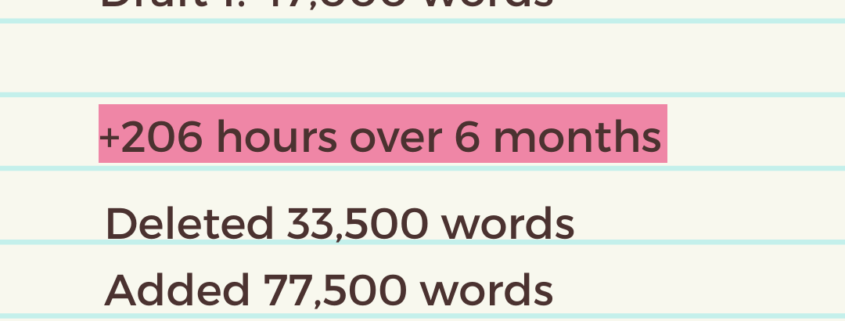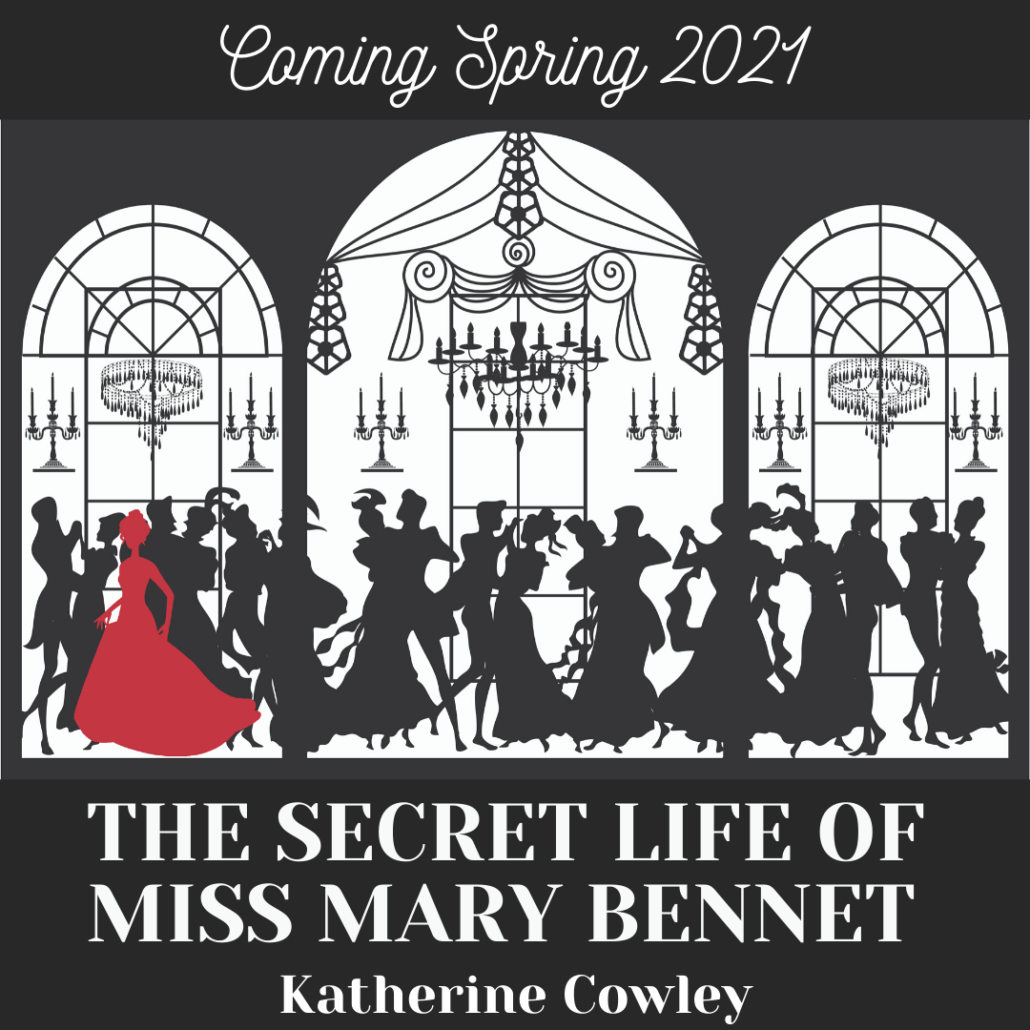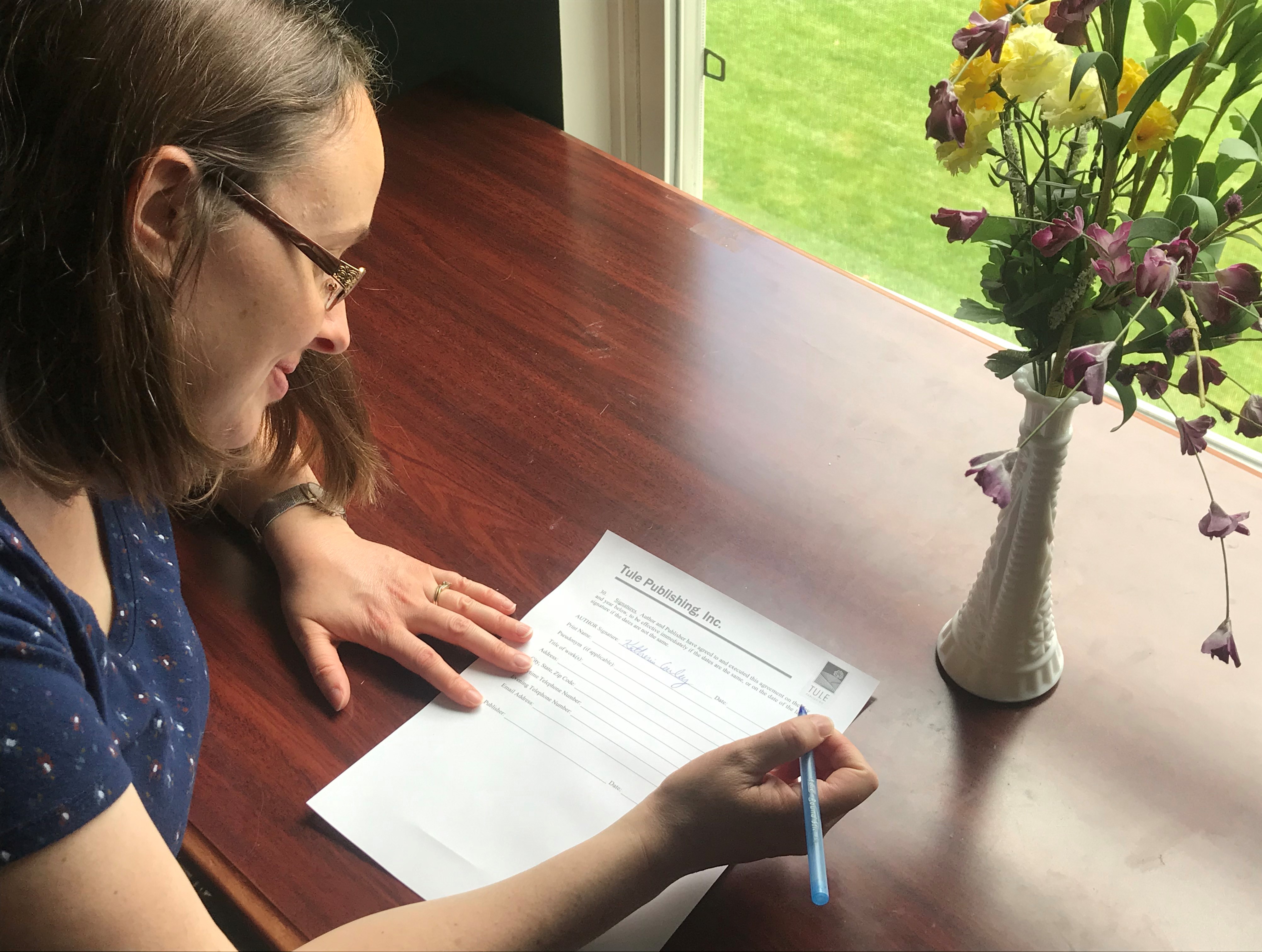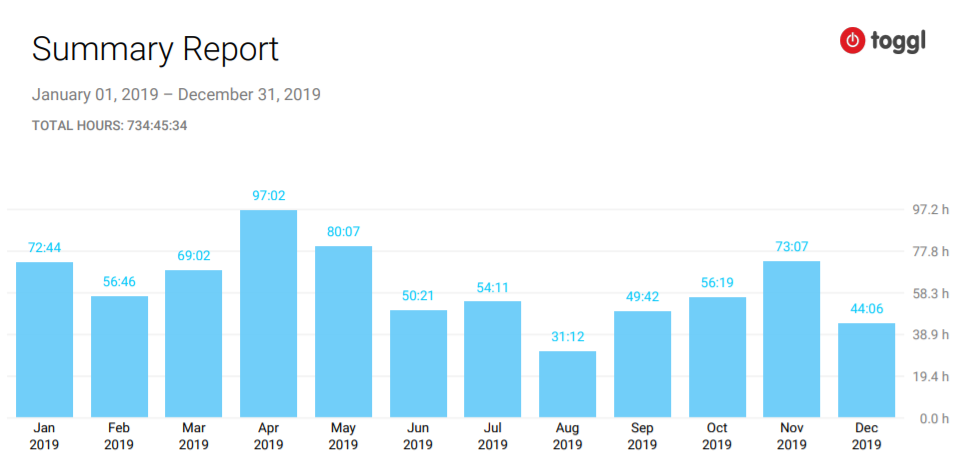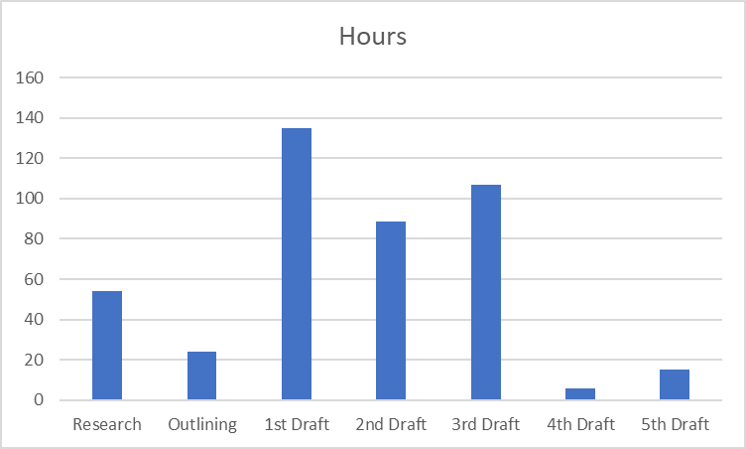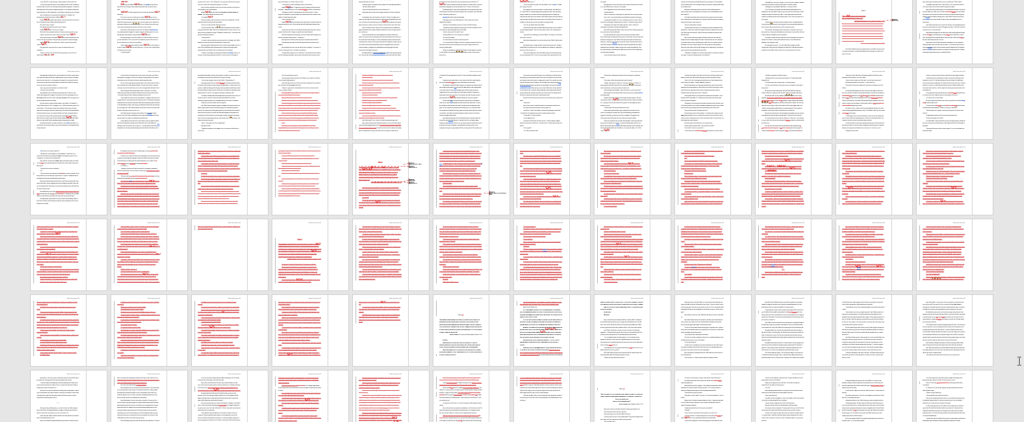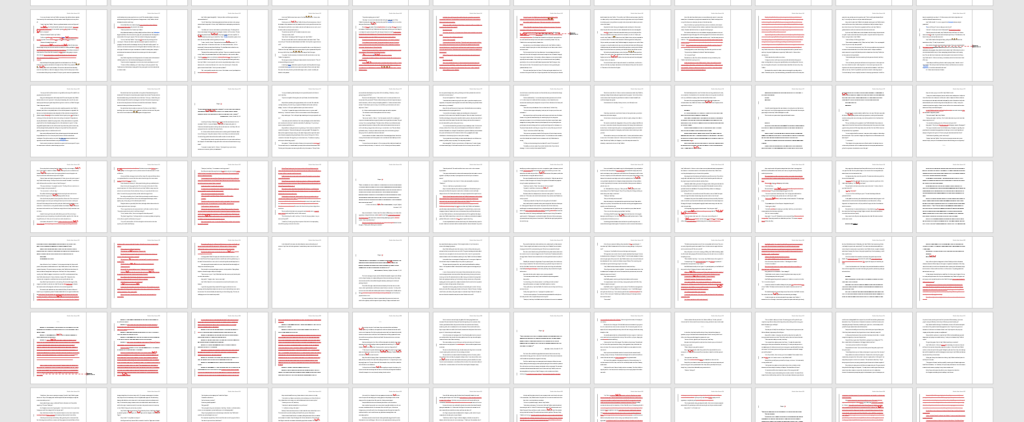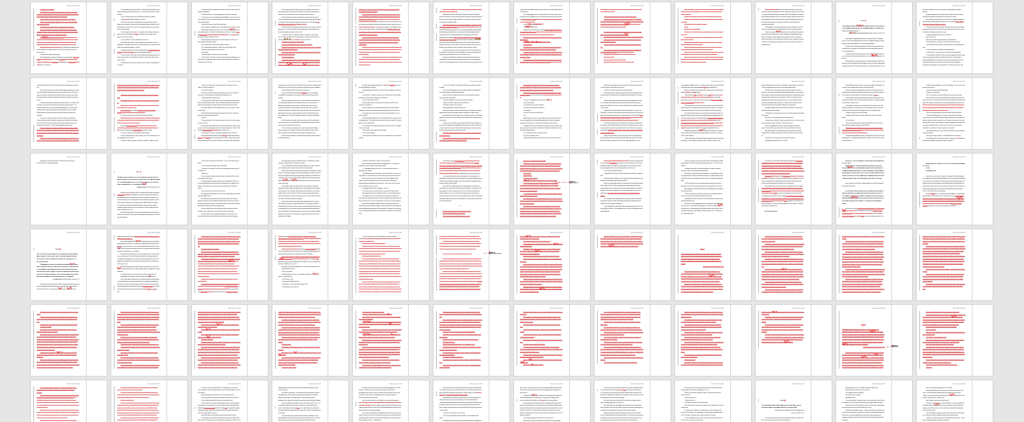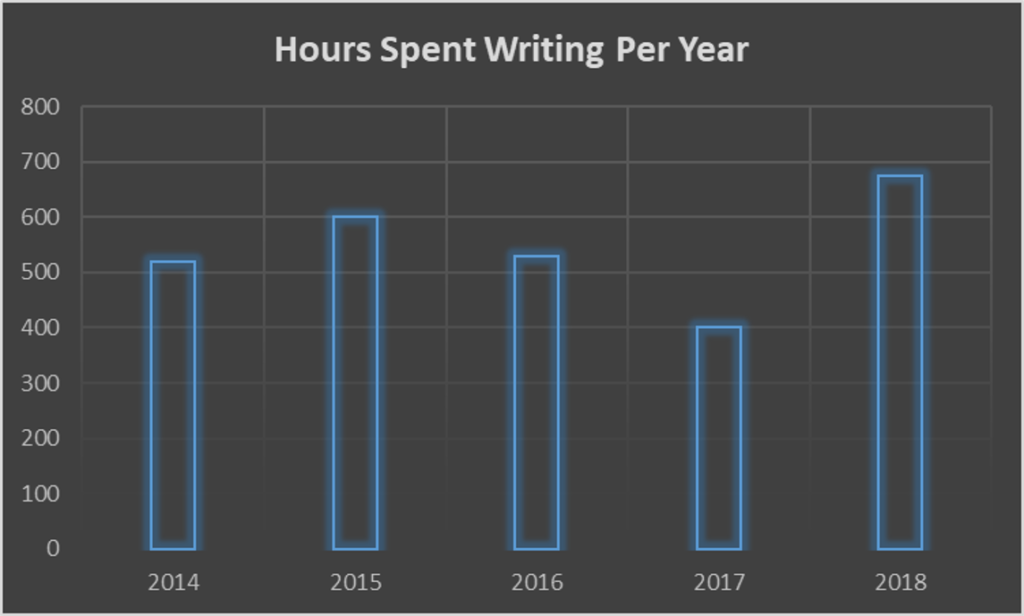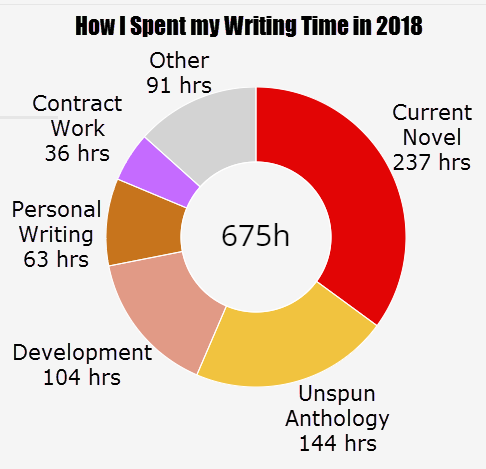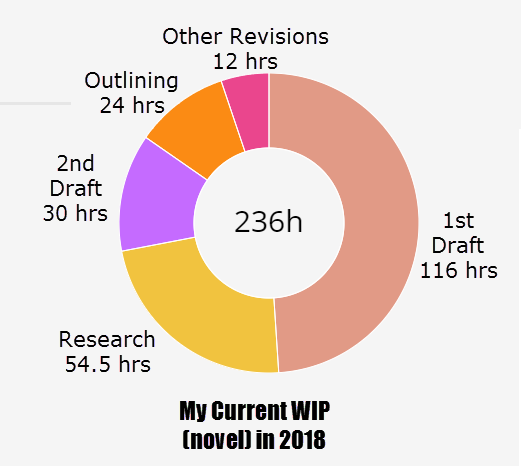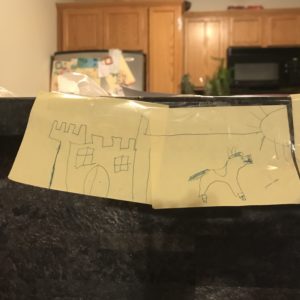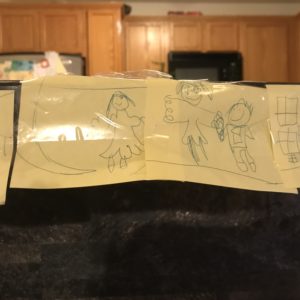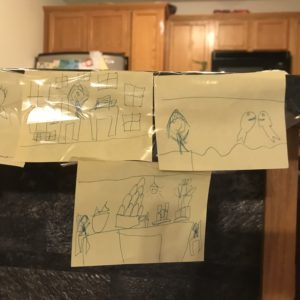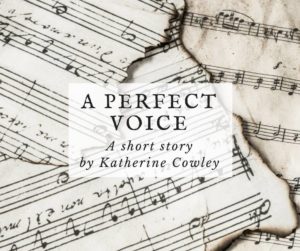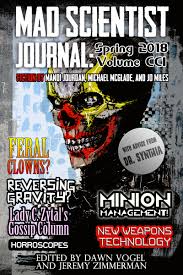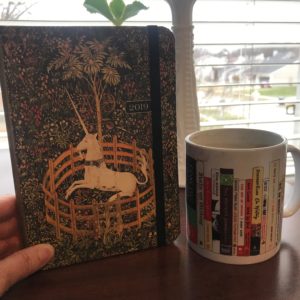The Mary Bennet Draft from COVID-19
I recently got a three-book deal for the trilogy which begins with The Secret Life of Miss Mary Bennet. Which means I sold one completed book, one partially completed book, and one book that exists entirely in my imagination.
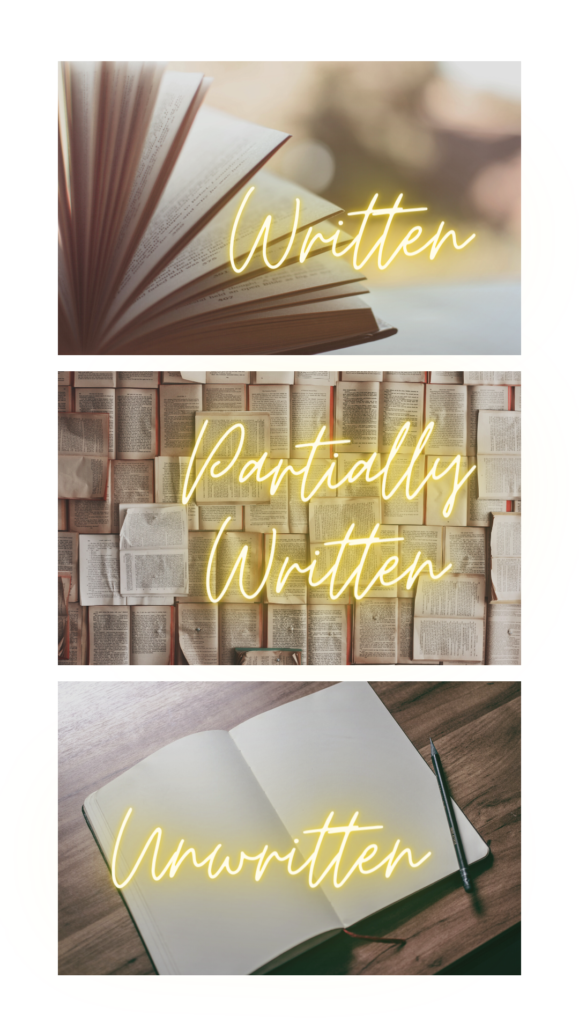
The partially completed book is currently known as Mary Bennet Book 2. Clever, I know. Fortuitously, I had accidentally written a first draft of book 2 while I was writing the first draft of book 1. When I got to the end of the draft, I realized it had two sets of characters, two completely different locations, two mysteries, two internal characters arcs… I had written two books, which I proceeded to chop in half. (Accidentally writing a draft is highly recommend, because you get two drafts for the price of one.)
So fast-forward to January 2020, when we were all naive and thought this year would be a lot more pleasant than it has turned out to be. My agent was sending out my first book to publishing houses, but she had the descriptions for books 2 and 3 on hand in case any of the publishers were interested in the whole series. This provided great motivation for me to make progress on book 2.
I opened the file for book 2. I already knew it was missing a few main characters that needed to be a part of the book, but as I looked at it, I realized that it had no plot. I mean, things happened, including two awesome spying-at-ball scenes, an explosion, mistaken identities, a conspiracy, etc. etc. etc. But still, there was no plot, no overarching mystery strong enough to hold all these cool scenes and ideas and subplots together.
And so I began the lengthy process of outlining, researching, plotting, deleting, and writing.
January. February. March. April. May. June. Goals I set for myself came and went. My kids were sent home from school. My part-time job (teaching first-year writing at WMU) went from in-person to online. Michigan had weeks where we had hundreds of COVID-19 deaths every single day. I struggled with anxiety about life, the universe, and everything. And still I put what I could into this book, even when it wasn’t much. I woke up at 6 a.m. almost every day of the year so I could sneak in some writing before the kids woke up, and I wrote during their afternoon movie time. It felt like I was building a mountain, one tiny spoonful of dirt at a time. But it added up.
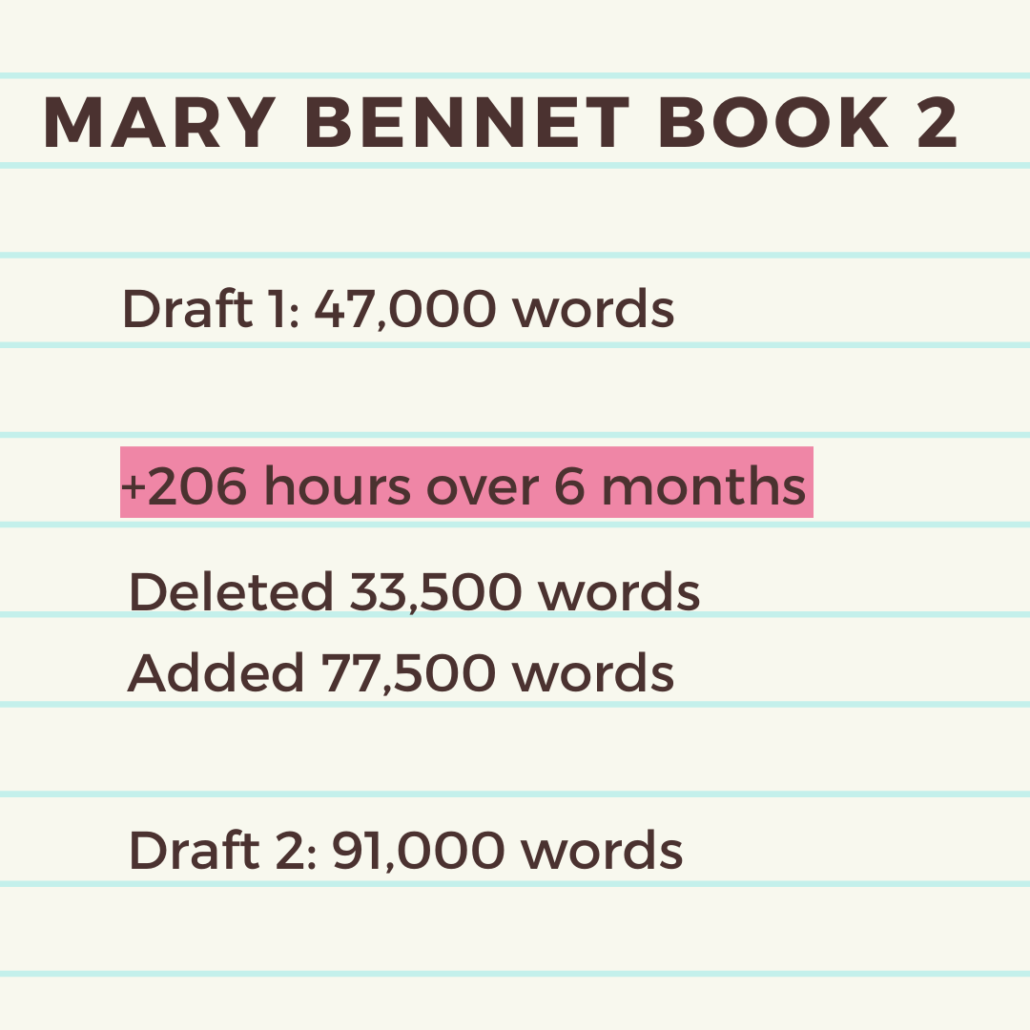
I don’t think I’ve ever deleted quite so much in a draft. There was a full chapter I deleted and a number of other scenes, but most of the deletions came from deleted paragraphs and sentences.
206 hours is also the most time I have ever spent on a draft. Previously, the longest draft had taken 110 hours. (The first draft of Mary Bennet 1 took 140 hours, but as I mentioned before, it was actually the first draft of 2 books.)
COVID-19 definitely made this draft harder to write, but honestly, it was a challenging draft even in January and February. I can attribute this to three factors:
- I have become a better writer
As I revised the first Mary Bennet book, I learned a lot about plot and character and the mystery genre. Which meant that I had a whole new bunch of tools and lenses to take to this book–which meant that I could see how far it was from what it could become, and knew a lot of what it would take to get there. In my case, becoming a better writer has not made me a faster writer.
- I was doing complicated/challenging things
In Mary Bennet 2, I’m doing some complicated things structurally, and I have a large cast of characters. I have a number of chapters where I have 10 important characters in play and am interweaving the plot and three or four subplots at the same time. This is insane, I do not recommend it, and it challenged me as a writer. Also, these scenes are some of the best in the book.
- It took an eternity to figure out the ending
I am an outliner, but I still figure out a lot of things about what works and what doesn’t through the process of writing. I outlined before the first draft, and I outlined before the second draft, but for the life of me, I could not figure out the ending. (I knew who the villain was and a few key components that needed to be in there, but nothing else.) And I spent months thinking about the ending as I revised the other chapters and added new material. In a very uncharacteristic move for me (proud outliner that I am) I did not actually figure out the ending until it was time to write it.
Now that draft two of Mary Bennet Book 2 is done, I’ve sent it off to several critique partners. Then it will be another round of edits (theoretically less painful) and then another before I turn it in to the publisher.
Meanwhile, I should be getting feedback from my editor soon on the first book, The Secret Life of Miss Mary Bennet. I’m really excited to edit it and get it ready for its release in April 2021.

